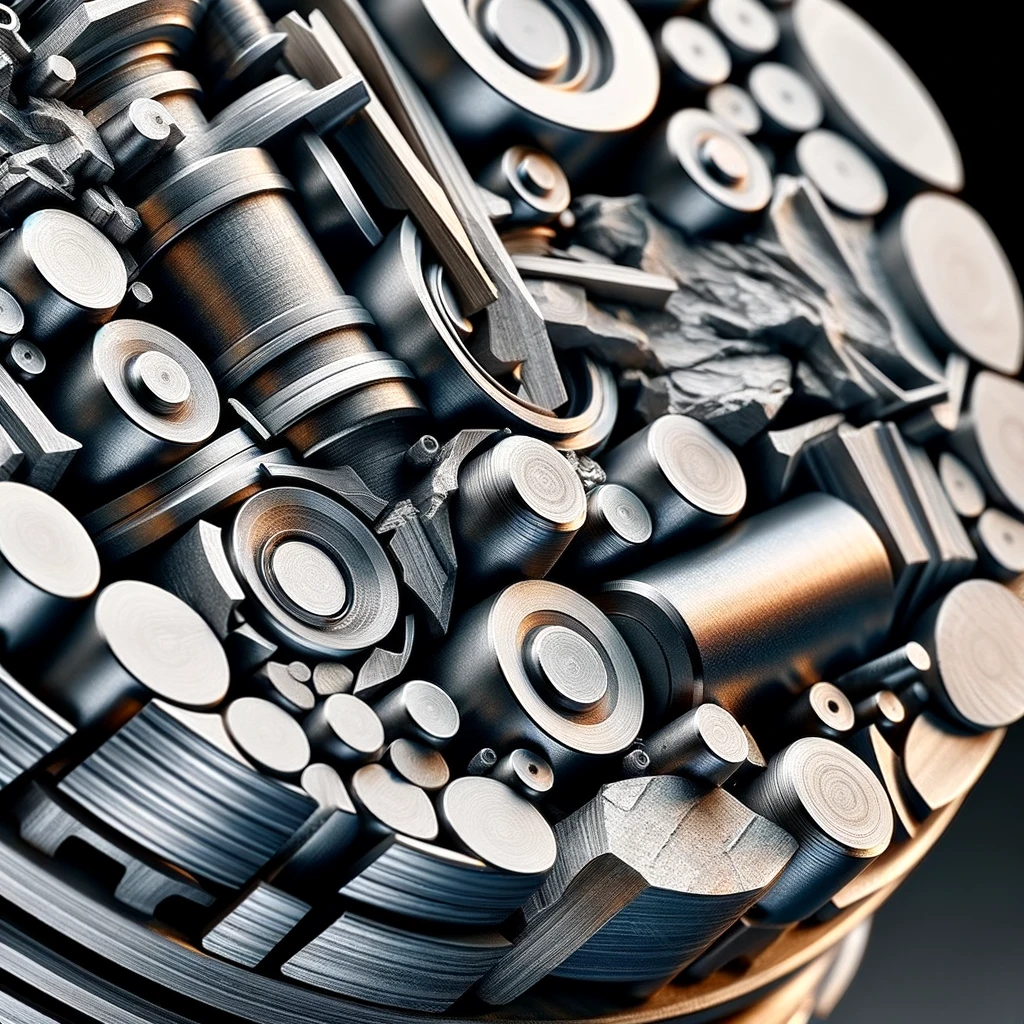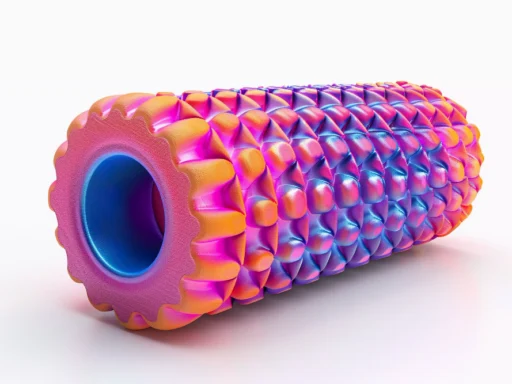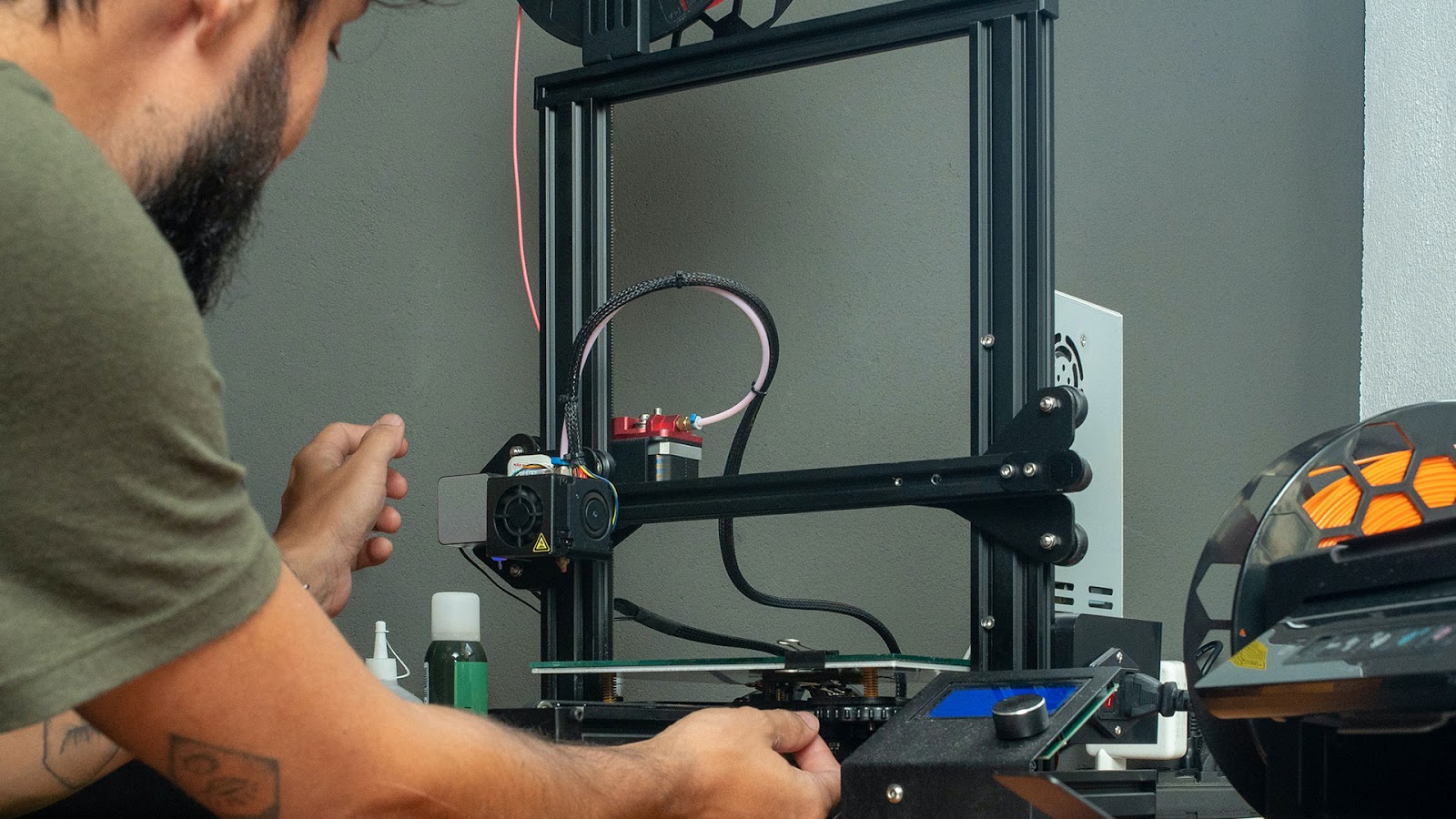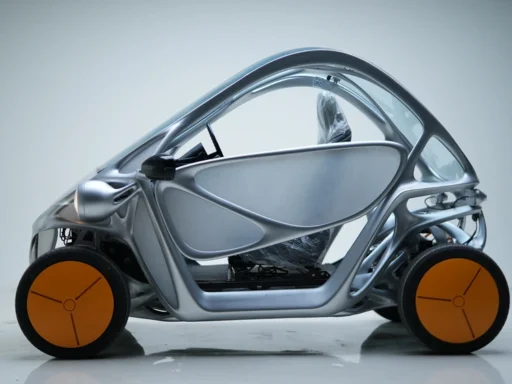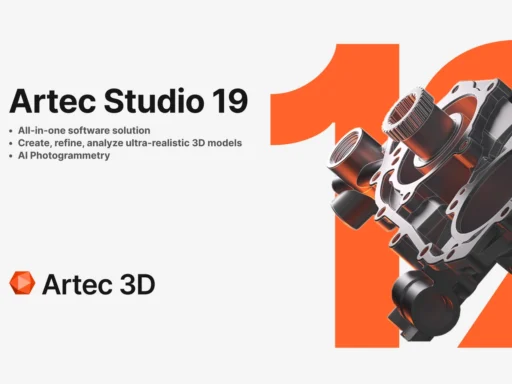Amidst an innovation-rich era of fusion energy exploration, MIT PhD student Alexander O’Brien illuminates the transformative potential of 3D printing in creating metal-ceramic composites. This marriage of metals and ceramics via additive manufacturing techniques holds the promise to redefine the advanced manufacturing landscape, particularly in fusion reactor components.
Central to O’Brien’s research at MIT’s Department of Nuclear Science and Engineering (NSE) is the capacity of 3D printing to precisely embed ceramic nanoparticles within molten metal, a feat elusive to traditional manufacturing methods. The importance of this becomes evident considering the strong interest from industry leaders like Safran and GE Aviation, who see potential in ceramic matrix composites for advanced aviation solutions.
However, it’s in the domain of fusion energy that this 3D printed innovation truly resonates. O’Brien champions 3D printing as the technological leap needed, saying, “Additive manufacturing opens up a whole new realm of possibilities for metals, essential for building the next generation of fusion power plants.”
O’Brien’s work encapsulates the breakthrough potential of 3D printing in the nuclear sector. Reflecting on the vast possibilities, he said, “The concept of these metal matrix composites and their enhancement through 3D printing is captivating.” Envisioning a commercial trajectory beyond his doctoral pursuits, O’Brien stands poised to amplify the contributions of 3D printing to fusion energy and beyond.
